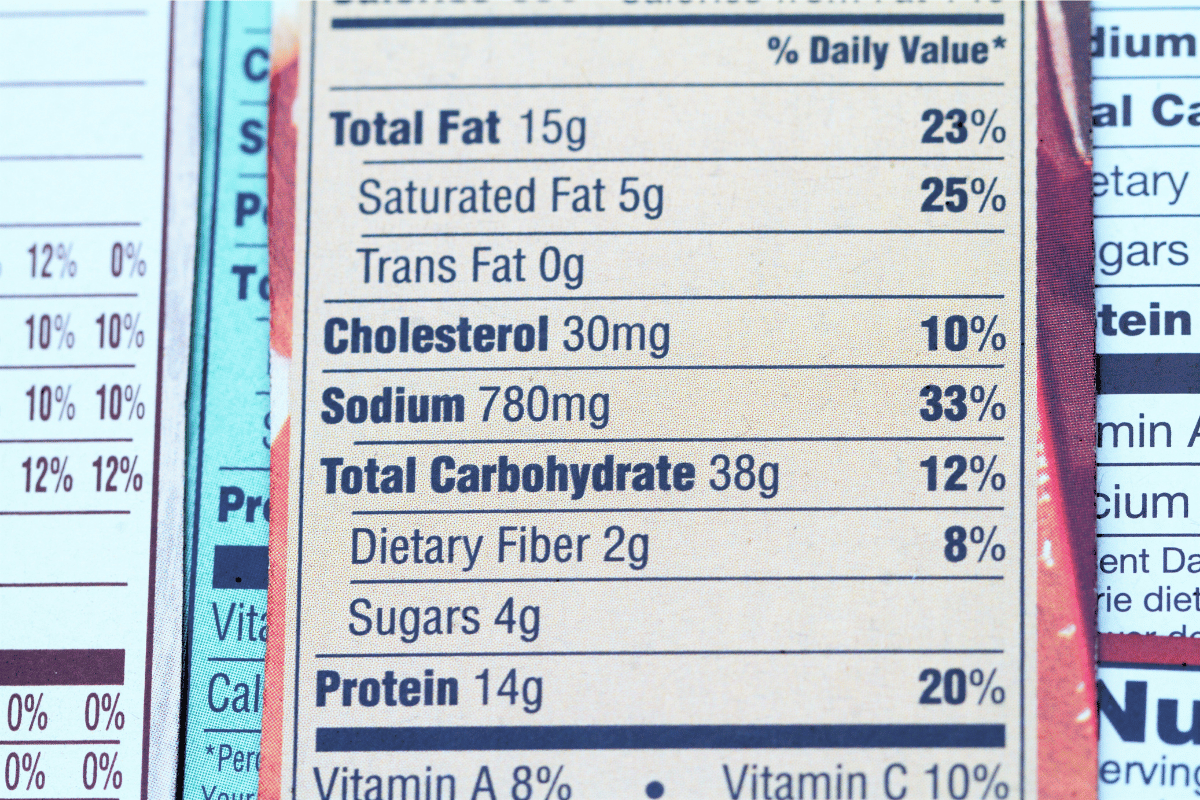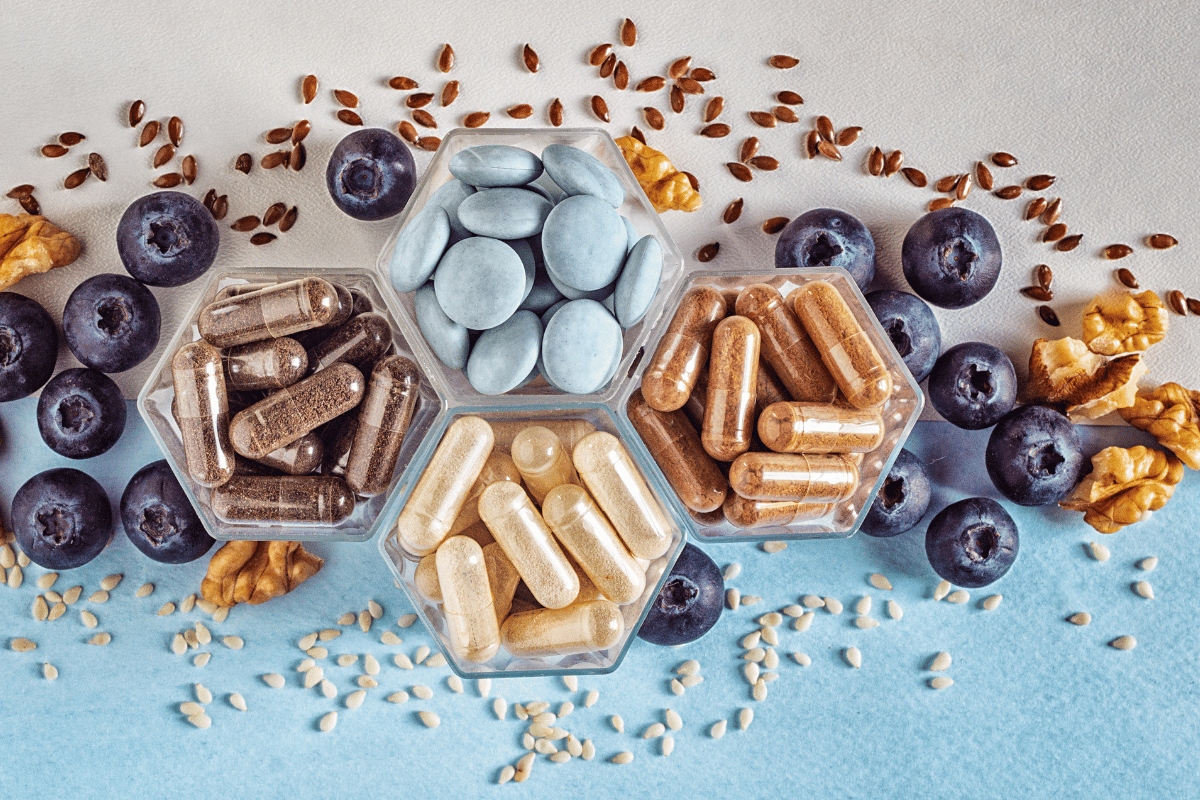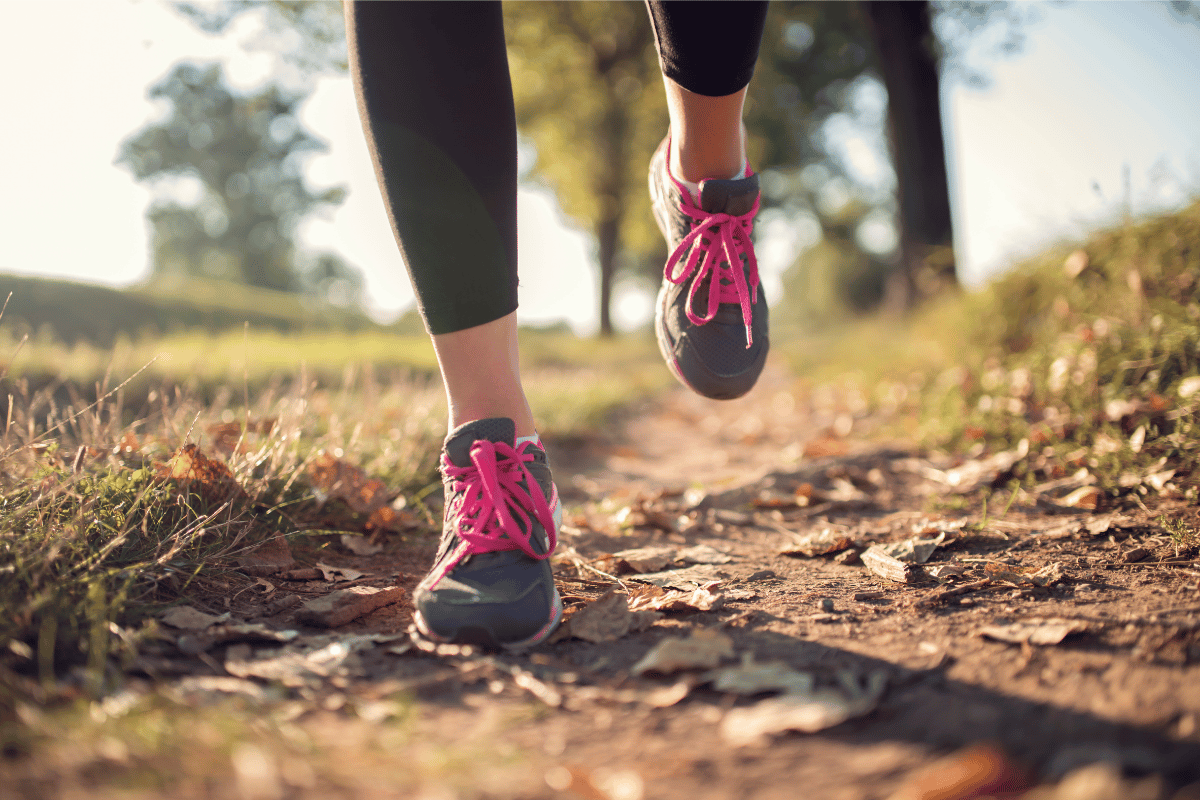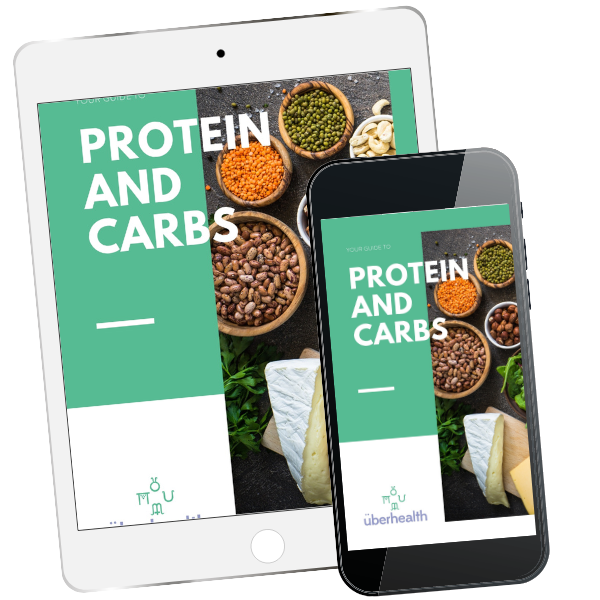Perimenopause and Fat Loss: Adjusting Macros, Training, and Expectations

Perimenopause can feel like someone quietly rewired your metabolism while you were sleeping. The same training routine, eating plan, or supplement stack that once worked seamlessly suddenly... doesn’t. Weight gain (especially around the middle) becomes harder to shift, energy fluctuates, and recovery takes longer. But your body isn’t broken. It’s adapting. Understanding why these changes occur and how to adjust your nutrition, training, and mindset can transform frustration into empowerment.
What’s Actually Happening in Perimenopause
Perimenopause is the transition phase leading up to menopause, often spanning 4–10 years (typically between ages 40–50). Hormone levels, particularly oestrogen and progesterone, fluctuate unpredictably — sometimes high, sometimes low, sometimes absent altogether.
These hormonal shifts influence:
- Metabolism: Slight reduction in resting metabolic rate (due to hormonal and muscle-mass changes).
- Body composition: Tendency to lose lean tissue and store fat more centrally (visceral and abdominal fat).
- Insulin sensitivity: Oestrogen normally enhances it. As levels drop, insulin efficiency declines, increasing fat storage.
- Sleep and stress tolerance: Both influence cortisol, which in turn impacts blood sugar and fat distribution.
Add all of this to the midlife juggling act — careers, families, ageing parents, and less recovery time — and you have the perfect storm for metabolic resistance.
But you can absolutely navigate this stage effectively.
The key is adjusting your macros, movement, and mindset.
Reassessing the Old “Eat Less, Move More” Model
For years, women have been told to “cut calories and exercise harder” to lose fat. In perimenopause, this often backfires. Chronic calorie restriction elevates cortisol, lowers thyroid activity, and increases muscle breakdown. All of which slow metabolism further. Intense, frequent training without recovery does the same.
Instead:
- Balance training intensity with recovery.
- Maintain muscle through resistance work.
- Eat enough to support hormonal stability.
Perimenopausal fat loss isn’t about punishment. It’s about precision.

Macro Adjustments: Protein, Carbs, and Fats that Work Now
Your macronutrient balance — protein, carbs, and fats — needs to evolve as your hormones do.
🥩 Protein: The Priority Macro
Declining oestrogen makes it harder to maintain and build muscle. Therefore, protein becomes non-negotiable.
- Target: 1.6–2.2 g per kg body weight per day (sometimes higher for athletes or those in calorie deficit).
- Distribution: Spread across the day — 25–40 g per meal to trigger muscle-protein synthesis.
- Include leucine-rich foods: eggs, dairy, soy, legumes, whey, and pea protein blends.
Protein supports:
- Satiety (fewer cravings)
- Lean-mass preservation
- Thermogenesis (burning more calories to digest)
- Blood-sugar control
It’s the most effective way to combat the “middle-age metabolism slowdown”.
🍚 Carbohydrates: Choose Quality, Time Them Wisely
Carbs are not the enemy in midlife, but they do require strategy.
Oestrogen helps insulin move glucose into muscles; when it declines, carb tolerance often does too. That doesn’t mean keto is the solution. It means being carb-conscious, not carb-phobic.
Practical tweaks:
- Emphasise low-GI, fibre-rich carbs (vegetables, legumes, oats, quinoa, brown rice).
- Time most carbs around training which is when insulin sensitivity is highest.
- On rest days, lower total carbs slightly and prioritise veg and protein.
This “carb-cycling” approach helps stabilise energy while avoiding blood-sugar rollercoasters.
🥑 Fats: Hormonal Allies
Healthy fats are essential for hormone synthesis, brain function, and appetite control. Aim for 25–35% of daily calories from fats, focusing on quality over quantity.
Include:
- Monounsaturated fats: olive oil, avocado, nuts
- Omega-3s: oily fish, flax, chia, hemp
- Avoid excess omega-6s: too much processed seed oil can promote inflammation
When women fear fats, they often worsen hormonal balance. A moderate, balanced intake supports both metabolism and mood.

Training for the Changing Body
You can’t train a 45-year-old body like a 25-year-old one. But you can train smarter for powerful results.
🏋️♀️ Strength Training: The Non-Negotiable
Resistance training is the single most effective way to:
- Preserve muscle and bone density
- Boost resting metabolism
- Improve insulin sensitivity
- Balance mood and confidence
How to structure it:
- 2–4 sessions per week, depending on experience and recovery.
- Focus on compound movements (squats, rows, push-ups, deadlifts).
- Use progressive overload — increase weights, reps, or tempo gradually.
- Allow 48 h recovery between major muscle groups.
Strength training sends a powerful message to your body: keep the muscle, burn the fat.
🧘♀️ Balance Intensity with Recovery
High-intensity training has benefits — improved cardiovascular fitness and metabolic flexibility — but in perimenopause, it’s easy to overdo.
Signs you’re overtraining:
- Poor sleep
- Irritability or fatigue
- Sugar cravings
- Plateaued progress
Mix your movement:
- 1–2 sessions of interval or circuit training weekly
- 2 strength sessions
- Daily walking or low-intensity aerobic work (Zone 2)
- One true rest or restorative day
Yoga, breathwork, and stretching aren’t luxuries — they regulate cortisol and enhance fat-loss efficiency by supporting recovery.
🚶♀️ Don’t Underestimate NEAT (Non-Exercise Activity Thermogenesis)
The calories you burn outside formal exercise — walking, standing, cleaning, fidgeting — make up a surprisingly large part of daily expenditure. During perimenopause, when training recovery is limited, steady movement is a secret weapon.
Aim for:
- 7,000–10,000 steps daily
- Regular posture breaks at work
- Gentle mobility sessions
Small daily movement accumulates into major metabolic dividends.

Hormones, Stress, and Sleep: The Missing Links
No fat-loss plan succeeds if your hormones, stress, and sleep are ignored.
😴 Sleep: The Ultimate Fat-Loss Supplement
Oestrogen fluctuations can trigger night sweats, insomnia, and restless sleep.
Poor sleep raises cortisol and ghrelin (hunger hormone) while lowering leptin (satiety).
The result? More cravings and slower recovery.
Supportive strategies:
- Create a consistent sleep routine.
- Reduce evening screen time and caffeine.
- Magnesium and glycine can support relaxation.
- Keep the bedroom cool because thermal regulation matters.
💥 Cortisol & Stress Load
Cortisol drives glucose production which is great for survival but terrible for fat loss if chronic. High stress increases abdominal fat storage and disrupts oestrogen–progesterone balance.
Practical interventions:
- Daily parasympathetic practice (breathing, meditation, journaling).
- Avoid long fasts or extreme diets that stress the body.
- Adequate calorie and protein intake signal safety, reducing cortisol output.
In short: you can’t lose fat in fight-or-flight mode.
Metabolic Adaptations: Why the Scale Lies
During perimenopause, body composition shifts — less muscle, more fat — even if the scale stays stable. Relying solely on weight can be misleading. A client can gain 2 kg of muscle, lose 2 kg of fat, and look completely transformed.
Better tracking tools:
- Waist and hip measurements
- Progress photos
- Clothing fit
- Energy, mood, sleep quality
Focus on composition and vitality, not just kilograms.

Supplements that Support This Transition
Supplements should complement, not replace, good nutrition and training. Evidence-based options that can help include:
- Magnesium glycinate or citrate: For sleep, stress, and muscle relaxation.
- Omega-3 fish oil: Reduces inflammation and supports fat metabolism.
- Vitamin D: Critical for hormone function and bone health.
- Protein powder: To meet daily protein needs conveniently.
- Creatine monohydrate: Improves strength, lean mass, and even cognitive function — excellent for women 40+.
- Adaptogens (Ashwagandha, Rhodiola): May help buffer stress and improve energy resilience.
Practitioners Remember: Always individualise supplementation by considering medications, stress levels, and overall nutrient intake.

Setting Realistic Expectations
Perimenopausal fat loss is slower. You may not lose 1 kg a week like you did in your twenties, but you can absolutely reshape your body, regain strength, and feel vibrant. Focus on behaviours, not just outcomes:
- Consistent strength work
- Balanced meals
- 7–8 h sleep
- Moderate stress
- Daily movement
When those foundations are consistent, fat loss becomes a side effect of metabolic health, not the main event.
The Mindset Shift: From Fixing to Supporting
Culturally, women are conditioned to view midlife weight gain as a failure of discipline. In reality, it’s a physiological recalibration. The goal isn’t to fight your body into submission; it’s to listen and adapt. Perimenopause is an opportunity to build the metabolic, muscular, and mental resilience that will carry you into your next decades of health.
Instead of “how little can I eat?”, ask:
How can I nourish myself better?
How can I train to support strength, not just size?
How can I respect recovery as much as effort?
That’s real longevity thinking.
A Sample Framework for Active Women
Morning
- Wake gently, hydrate, short mobility or walk.
- Protein-rich breakfast: eggs, avocado, veggies, or a smoothie with protein powder.
- Moderate caffeine (avoid excess if sleep is poor).
Mid-Morning
- Light snack or second coffee if needed — avoid high-sugar options.
Lunch
- Balanced macro plate: ¼ protein, ¼ complex carbs, ½ colourful veg, olive oil dressing.
Afternoon
- Movement break or 20-min walk.
- If training later, small protein-carb snack 60 min before.
Evening Training
- Strength or interval session, followed by recovery meal or shake.
Dinner
- Protein, greens, and healthy fats (salmon and vegetables, tofu stir-fry, etc.).
Before Bed
- Herbal tea, magnesium, screen off early, consistent bedtime.
These small consistent patterns rebuild metabolic rhythm and resilience.
Case Example
“Katrina,” 47, perimenopausal triathlete, reported creeping abdominal fat despite 10 hrs weekly training and clean eating.
We adjusted her plan:
- Increased protein to 1.8 g/kg.
- Replaced two long cardio sessions with resistance training.
- Added one full rest day and short evening walks.
- Reintroduced carbs around workouts instead of restricting them.
- Focused on sleep and magnesium support.
Within 10 weeks:
- Body composition improved (down 3 cm waist).
- Energy returned.
- No binge-eating episodes after training.
- Re-alignment with physiology.

Key Takeaways
- Muscle is medicine. Preserve it with strength training and protein.
- Balance macros. Prioritise protein, time carbs wisely, choose quality fats.
- Manage stress and sleep. Cortisol and oestrogen shifts drive fat storage.
- Adjust training. Mix strength, low-intensity cardio, and recovery.
- Be patient. Sustainable fat loss is slower but steadier in this phase.
- Redefine success. Aim for strength, energy, and metabolic stability.
Practical Nutrition and Training Strategies for Weight Loss
Perimenopause is a turning point. With the right nutrition, training, and compassion, women can thrive, not just survive, through this transition.
If you’re a practitioner or motivated woman who wants to understand how physiology, hormones, and metabolism interact — and how to create practical nutrition and training strategies that actually work — enrol in my online course: Applied Weight Loss Nutrition
In this 5-part training, we’ll explore the real science of fat loss across life stages (including perimenopause) and how to apply it clinically and personally.
Find out more: Applied Weight Loss Nutrition
© 2025 Kira Sutherland | Naturopath & Sports Nutritionist | Uberhealth.com.au
FREE RESOURCE


